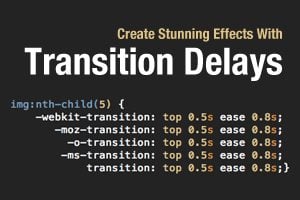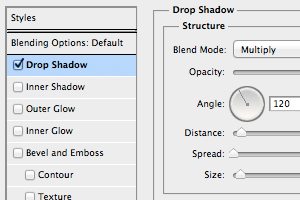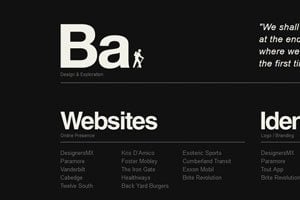
Software / 15 May 2012
Adobe Muse Test Drive: Is It Worth $15 Per Month?
Adobe has an interesting relationship with folks who design websites. Photoshop and Fireworks have you covered from a static image perspective, but tools to build live, functioning websites are another story completely. Flash is no longer the poster child of modern web technologies (quite the opposite), GoLive went the way of the dinosaurs and Dreamweaver, though still widely used, is regarded by many to be a bloated mess.
One area that Adobe is intent on pursuing is web design for non-coders. They’ve made it their mission to bring the world of professional website creation to the huge market of designers who can’t write a lick of code. Thus far, they’ve largely fallen short of that goal (Project Rome anyone?). Their latest attempt, Adobe Muse, has finally exited beta and is available as a part of Adobe’s new Creative Cloud service ($50 per month) or as a stand alone product ($15 per month). Is Muse worth your time and money? Will it really allow you to create professional level websites without coding? Read on to find out.









